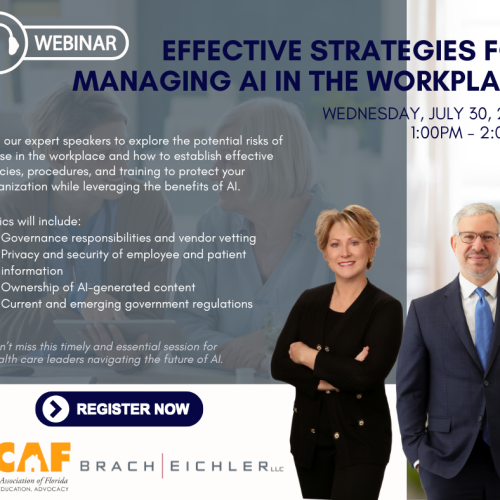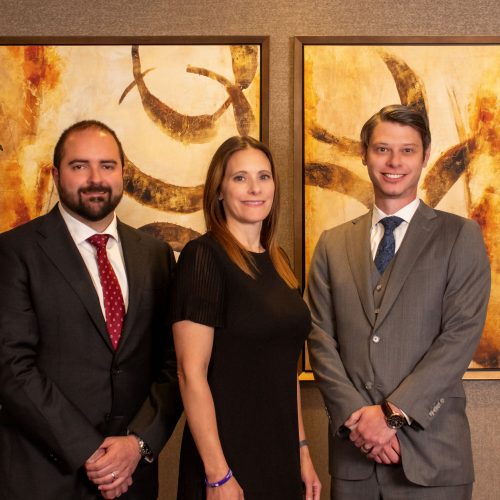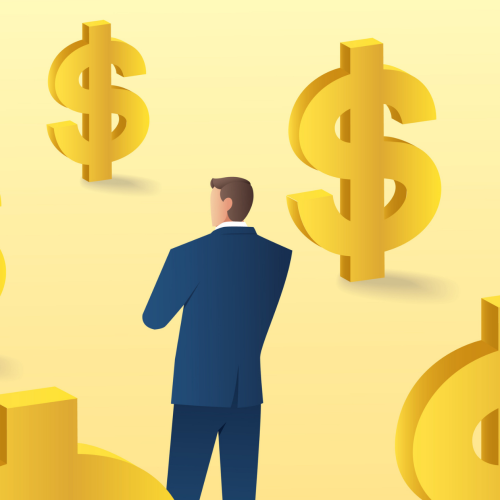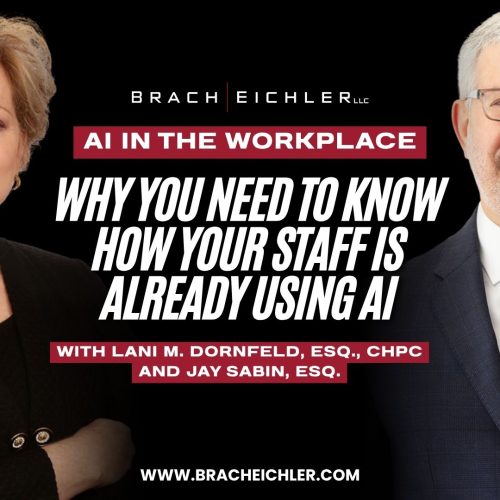Labor and Employment Alert: The SBA Appears to Change Course on Partner Compensation in the PPP Program
April 15, 2020 – I wish I had a dollar for every call I have received over the past several weeks from multiple member LLCs demanding an explanation for why Congress left member draws out of the Paycheck Protection Program (PPP). I would have used that money to lobby Congress to change the statute. The regulators, however, did one better!
The day after Easter Sunday, the Small Business Administration (SBA) issued a supplemental regulation for the PPP entitled “Business Loan Program Temporary Changes; Paycheck Protection Program – Additional Eligibility Criteria and Requirements for Certain Pledges of Loans.” In that regulation, the SBA appears to indicate that it intends for PPP applicants to include partner draws in the PPP application amount and as a forgivable expense. While the regulation does not expressly allow it, we wanted to apprise you of this development so that you can make the best judgement for your organization in conjunction with legal and accounting advice from your attorney and accountant.
Partners and Partnerships
In this new regulation, there is a section where the SBA responds to a question about whether a self-employed individual (sole proprietor or independent contractor) who files a Form 1040, Schedule C is eligible for the PPP loan. But in that section, the SBA states that if you are a partner in a partnership, you may not submit a separate PPP loan application for yourself.
Instead, the SBA states that “self-employment income of general active partners may be reported as payroll cost, up to $100,000 annualized, on a PPP loan application filed by or on behalf of the partnership.” The SBA goes on to state that “[p]artnerships are eligible for PPP loans under the Act, and the Administrator has determined, in consultation with the Secretary of the Treasury (Secretary), that limiting a partnership and its partners (and an LLC filing taxes as a partnership) to one PPP loan is necessary to help ensure that as many eligible borrowers as possible obtain PPP loans….” Thus, this supplemental regulation appears to open the door to partnerships (which would include multiple member LLCs with member draws) including their active member profit shares in both their PPP loan application as well as the forgivable expenses during the eight-week spend period, remembering the $100,000 annualized cap discussed in our previous alerts.
The supplemental regulation does not provide any guidance on how to calculate partner compensation for those that do not file a 1040, Schedule C. The logical method to do so should be discussed with your legal and accounting professional in conjunction with the bank/lender to which you are applying for the loan. One possible and logical option would be to take the self-employment earnings which are separately reported on the K-1 for each member of the LLC. This is not necessarily the same as the income otherwise reported on the Schedule K-1.
Sole Proprietors and Independent Contractors Filing a Form 1040 Schedule C
The regulation provides differing formulas for calculating the maximum loan amount depending on whether the partnership has employees or not, as well as rules on how the loan proceeds can be used by the recipient.
- If the partnership has no employees, the applicant would take the net profit from the 2019 IRS Form 1040 Schedule C, Line 31. If the amount is over $100,000, the applicant would reduce the amount to $100,000. If the amount is zero or less, the applicant is not eligible. The applicant would then take the net profit amount, divide it by 12, and multiply the result by 2.5. Then include in that amount any EIDL made between January 31, 2020 – April 3, 2020 (less any EIDL advance).
- If the partnership has employees, the applicant would do the same as the above, then add the payroll costs for the employees as an applicant would do for the PPP application and which we previously wrote about.
Scope of Mortgage Interest Payment Clarification
The new rule also provides elaboration on the scope of the “mortgage interest payments” that the SBA had previously not commented on as a permissible expense. In this rule, the SBA gives examples of allowable mortgage interest payments relating to a warehouse to store business equipment or an auto loan for a vehicle used to perform your business.
The rule adds a proviso (not found in the statute) that the self-employed claimant must be entitled to claim a deduction for such expenses on their 2019 Form 1040 Schedule C in order for it to be a permissible expense during the eight-week spend period. The rule adds another proviso (also not found in the statute) limiting forgiveness of owner compensation to only eight weeks’ worth of the 2019 net profit but excluding any qualified sick leave equivalent amount for which a credit is claimed pursuant to Sections 7002 or 7004 of the FFCRA.
We are here for you. If you have any questions about this alert, or any other labor and employment issue, please contact:
Anthony M. Rainone, Member, Labor and Employment Practice, at arainone@bracheichler.com or 973-364-8372
Matthew M. Collins, Member and Chair, Labor and Employment Practice, at mcollins@bracheichler.com or 973-403-3151
David J. Ritter, Member and Chair, Tax Practice, at dritter@bracheichler.com or 973-403-3117
Related Practices: Labor and Employment, Tax
Related Attorney: Anthony M. Rainone, Matthew M. Collins, David J. Ritter












